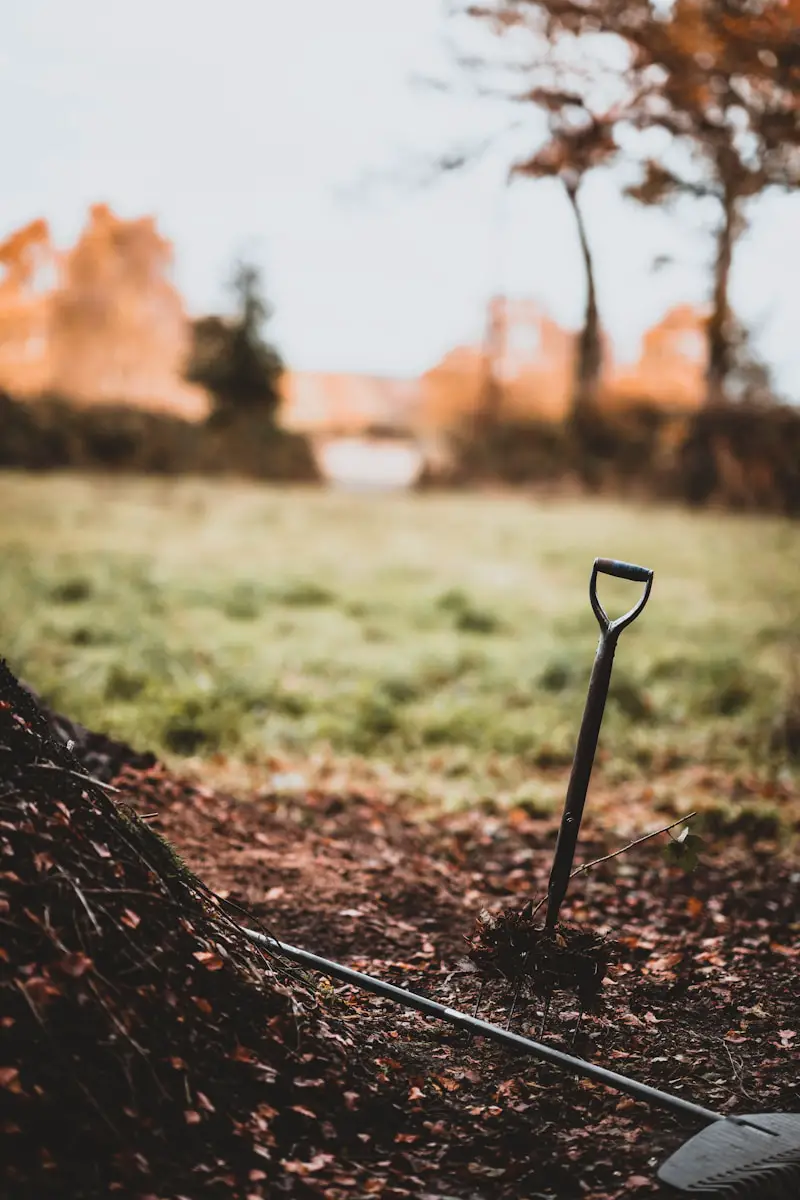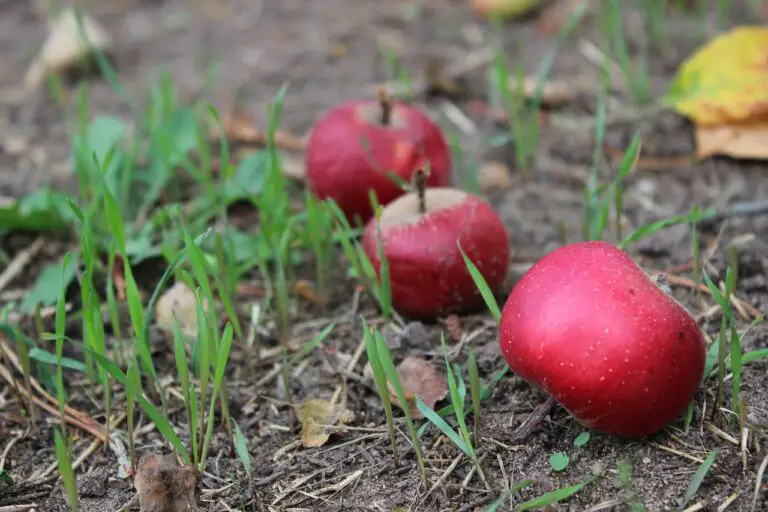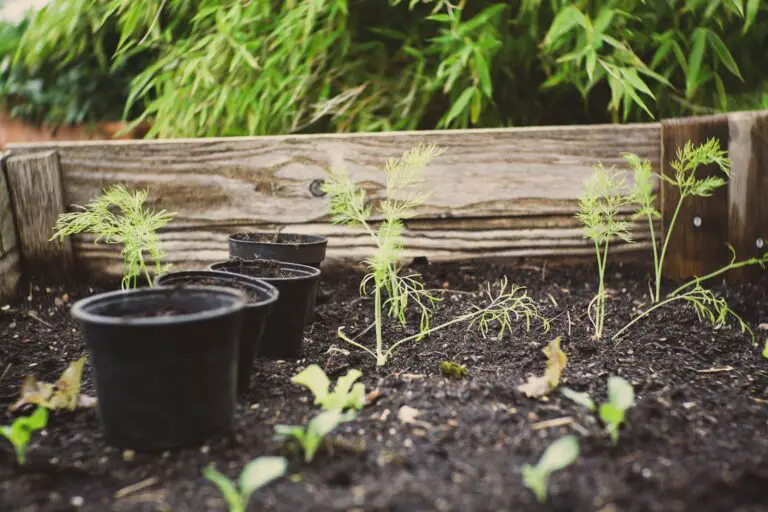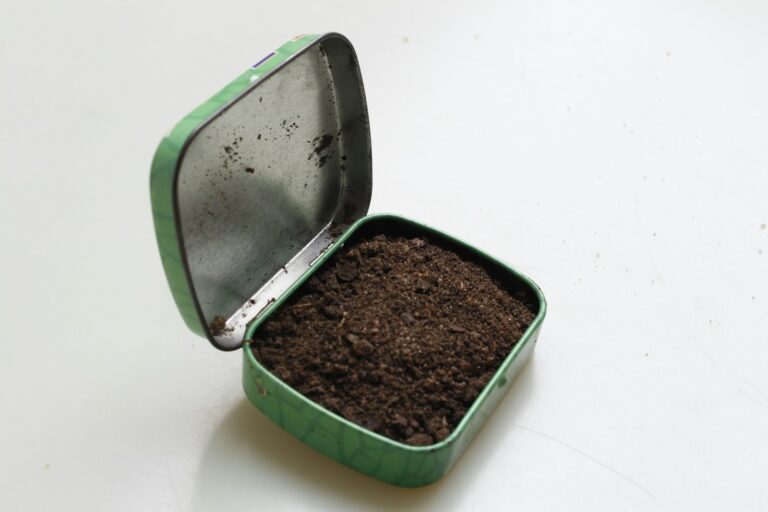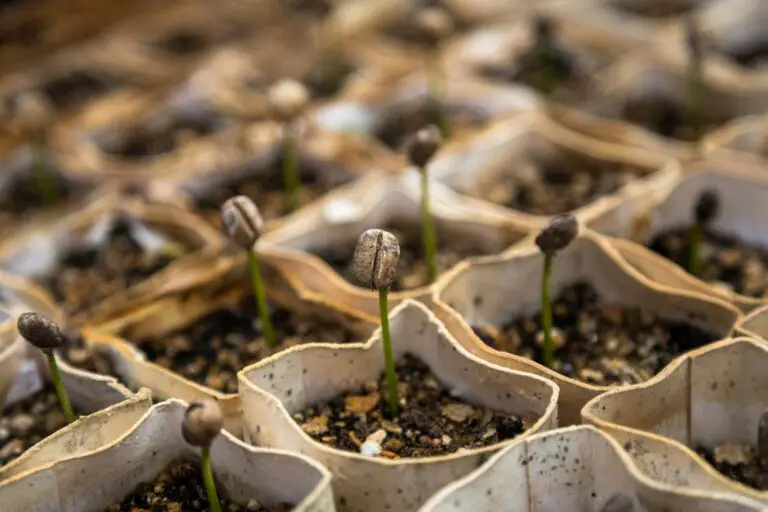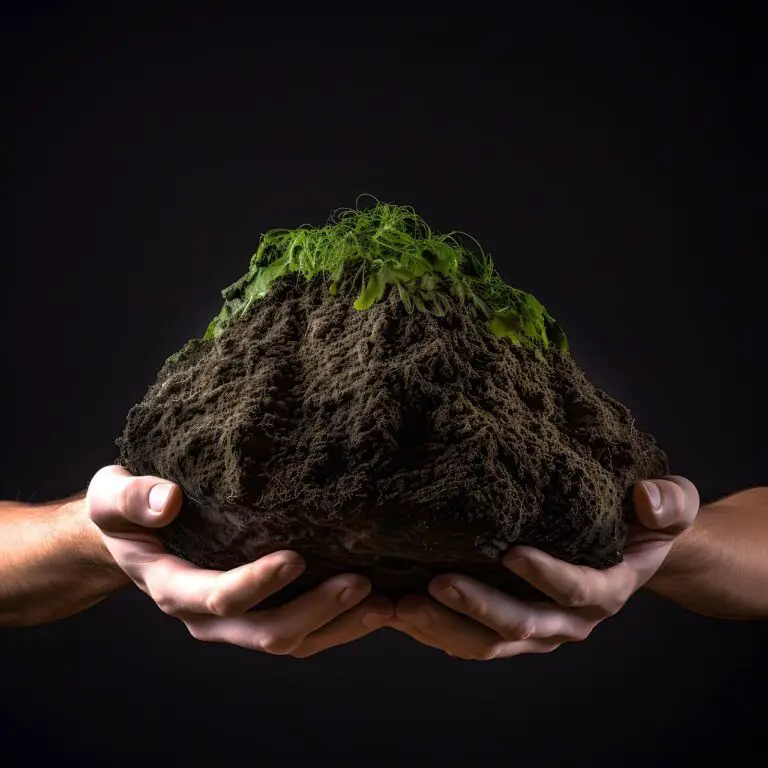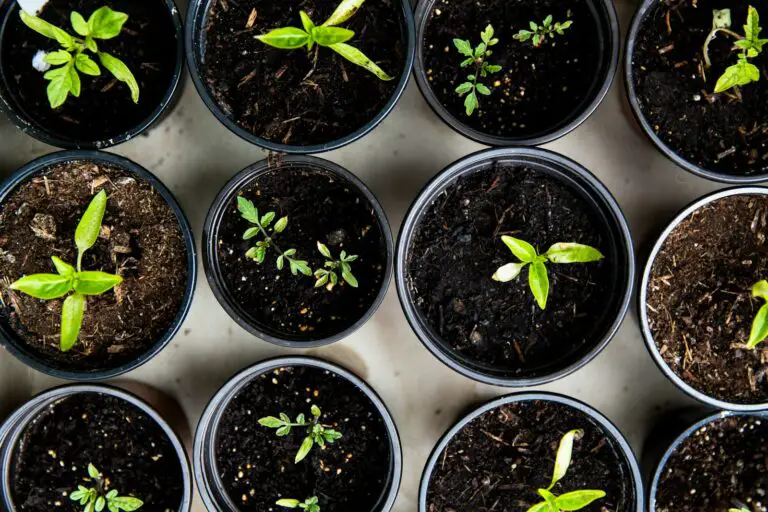Creating Nutrient-Rich Compost for a Thriving Vegetable Garden
The adage “you are what you eat” rings particularly true when it comes to the thriving green life of a vegetable garden. In this comprehensive guide, we will not just demonstrate that your garden’s health hinges on nutritious compost, but also how you can cultivate it for a bountiful harvest. Whether you’re an amateur botanist, a gardening enthusiast, or an eco-conscious homeowner, understanding the art of composting can significantly bolster your gardening prowess.
The euphoria of the growing season is cheered on by an orchestra of fresh scents and vibrant hues, and it all begins at the ground level. With nutrient-rich compost, you are not simply growing plants; you are cultivating a microcosm of ecological balance. The virtues of compost are manifold, from reinvigorating depleted soils to championing the rallying cry for sustainability. This guide unveils the layers of composting, offering tips, techniques, and the botanical science behind a thriving garden.
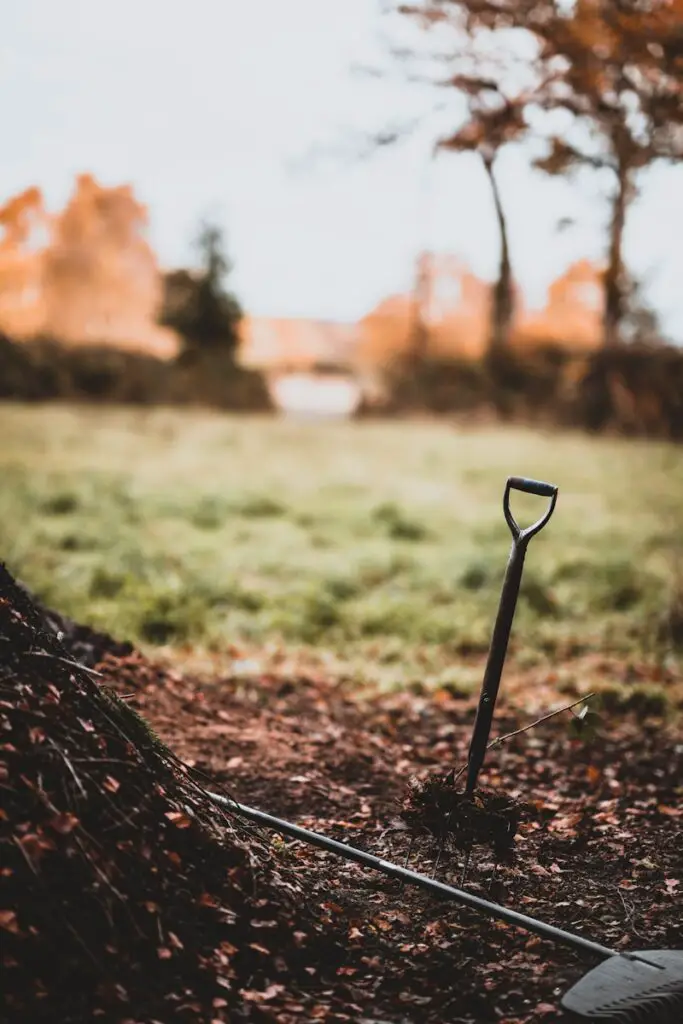
The Garden’s Secret Sauce: Nutrient-Rich Compost
Vegetable gardens thrive on nutrition. The role of compost in gardening is akin to a hearty meal for a hungry farmer. Compost acts as a multi-vitamin for your soil, improving its structure, bolstering water retention, and providing a rich source of organic matter teeming with life. But the benefits extend beyond your garden’s fence, as composting is a foundational pillar for environmental sustainability.
Fertile Bounty: Enhanced Soil Structure
The structure of your soil is crucial—it dictates drainage, aeration, and the ease with which plant roots can spread. Nutrient-rich compost binds sandy soils, improving water retention, while it lightens clayey soils to enhance drainage. The result is a loamy soil texture that’s perfect for most vegetables, promoting a stable and ideal environment for root development.
Water Wisdom: Improved Retention
The ability to retain moisture is a coveted trait in arid months. Compost not only acts as a sponge, holding on to precious water for plant use, but its organic content also promotes microbial activity, which further enhances soil’s water-holding capacity, reducing the need for frequent irrigation.
Sowing Sustainability
Composting is nature’s cycle encapsulated in a garden patch. It champions the Reduce-Reuse-Recycle mantra by turning kitchen and yard waste into a valuable resource. By diverting organic material from landfills, you reduce methane emissions and ultimately your ecological footprint, nurturing the planet as you do your plants.
Crafting the Compost Recipe
Creating compost is part art, part science, and a whole lot of enthusiasm. Here we’ll dissect the essential ingredients for a smorgasbord of microbial activity that transforms waste into gold.
Balancing Act: The Compost Components
Compost is a maestro’s symphony of green and brown. Green materials, rich in nitrogen, like kitchen scraps and fresh grass clippings, provide the foundation for building proteins and other essential compounds. Brown materials, high in carbon and often obtained from dried sources such as leaves or cardboard, play a structural role, providing energy for the breakdown process. The key is to layer these components like lasagna, ensuring a balance that allows the composting process to thrive.
Air, Water, Sustenance: Principles of Compost Production
The compost pile breathes. Microorganisms need air and water to survive and work their magic. Without proper aeration, your compost may become anaerobic, leading to unpleasant odors and a slower breakdown. On the flip side, an excessively wet pile can suffocate microbes. Moisture levels akin to a wrung-out sponge, combined with regular turning, will keep your pile chirpy.
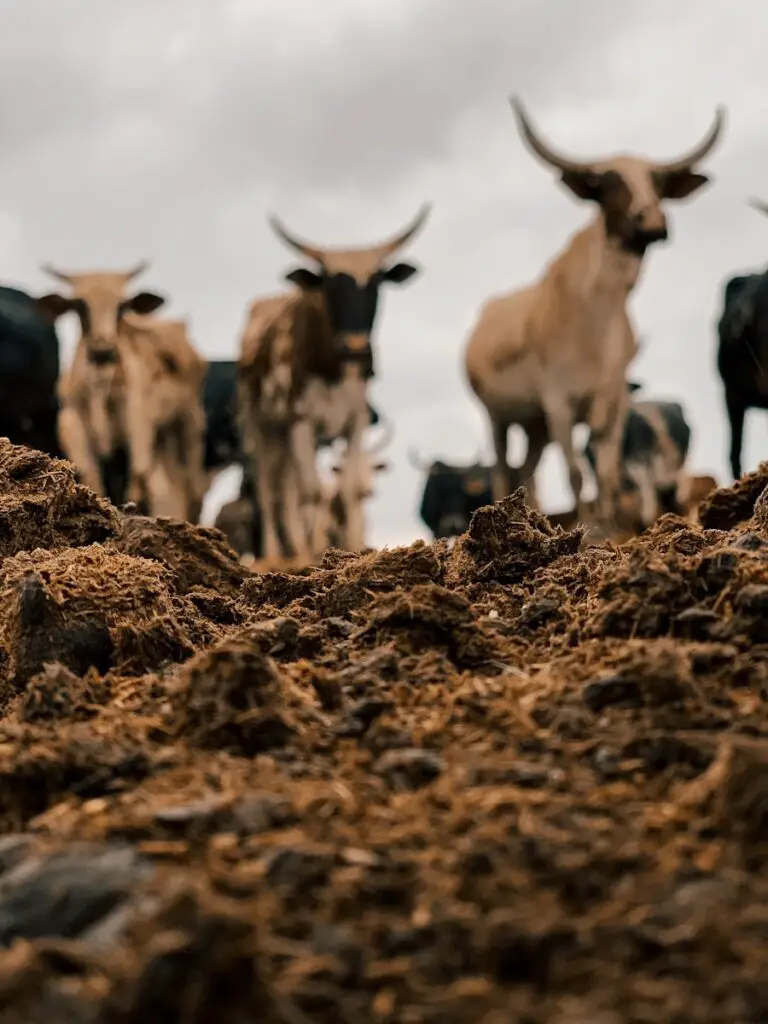
The Ensemble of Composting Techniques
In the world of composting, diversity reigns supreme. There are several methods to create nutrient-rich compost, each with its own benefits and ideal uses.
Classical Composting
The traditional composting pile in your backyard is like an unhurried waltz, with materials gradually breaking down over time. This method offers the greatest volume potential and is best for those with ample space and patience.
Vermicomposting: Partnering with Worms
Worms are the unsung heroes of the sustainable garden. In a vermicomposting bin, these earth movers work their way through your kitchen scraps, producing a compost blessed with heightened microbial activity. This method is ideal for small spaces and those seeking a more controlled environment for composting.
Bokashi: A Fermentation Fandango
Bokashi is a Japanese method that ferments kitchen waste before composting. It uses effective microorganisms to break down waste rapidly. The pre-composting stage can take two weeks, and the final compost, or bokashi tea, is rich in nutrients and beneficial microbes.
Harmonizing your Composting Venture
The composting concerto plays on, and as the conductor, you must ensure that every note is hit precisely for a perfect performance.
The Composter’s Almanac: Maintenance and Turning
Like any garden, compost piles need care. Regular turning mixes the compost and aerates it, preventing the formation of anaerobic pockets. This mixing also ensures that the composting process is uniform, providing equal nutrition to every corner of your garden.
Monitoring the Composting Quartet
Composting is a dance that requires vigilance. By monitoring the moisture content and the composition of your pile, you can make informed adjustments to keep the microbial party in full swing.
Composting Pitfalls: Mistakes to Avoid
Composting, like life, has its share of lessons. Avoid common errors like adding meat or dairy which can attract pests and slow down the composting process. Similarly, overly acidic or alkaline conditions can stall the microbial breakdown, so be mindful of your compost’s pH balance.
The Ultimate Act: Applying Compost in your Vegetable Garden
With your compost ready, it’s showtime. Now comes the act of integrating this black gold into the very fabric of your garden.
Soil Amendment 101
Incorporating compost into your garden is akin to welcoming a long-lost friend. Use it as a soil amendment, mixing it thoroughly into existing soil to ensure optimal dispersion of nutrients. For new beds, a layer of compost worked into the top 12 inches of soil is a general rule of green thumbs.
Yield, not Waste
The end goal of composting is to see a yield worthy of your dedication. Expect healthier plants with increased disease resistance and a higher yield. Over time, composting precludes the need for chemical fertilizers, championing sustainable agriculture practices.
Green Gardening, Green Living
By composting, you’ve not just bolstered your garden but also contributed to a wider ethos of sustainability. Your garden becomes part of a broader ecosystem where waste is minimized, and resources are recycled, forging a path of green living that spreads beyond your backyard.
A Flourish of Culminated Wisdom
Creating nutrient-rich compost is an art that beckons every gardener who yearns to see their endeavors bloom. This is a cycle of life playing out in your own back garden, where waste is reborn as sustenance for the vibrant tapestry of the vegetable patch. By mastering the art of composting, you unlock the potential for a garden that’s not just a visual feast but also a source of nourishment on multiple levels.
For the gardening enthusiast, every heap of compost is a new chapter in the never-ending story of the soil’s rejuvenation. It’s a dance of elements, a ballet of decomposers, and a chorus of nutrients waiting to serenade your crops. By following the tips in this guide, you can be sure your compost will not just enrich your soil but also your gardening experience in more ways than one.
May your compost be hearty, your garden healthy, and your spirit be as light as the loam. After all, the earth you nurture today will bloom into the dreams you plant tomorrow.

